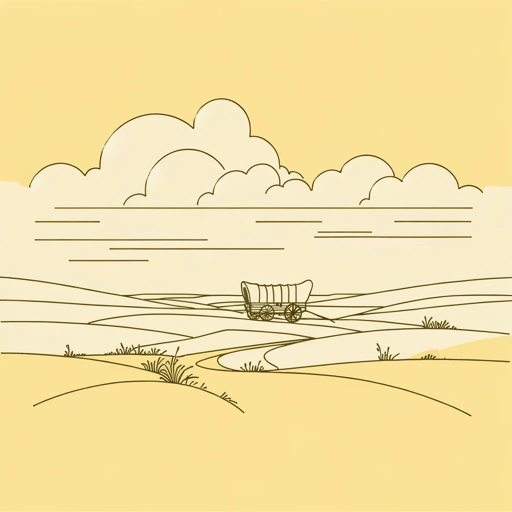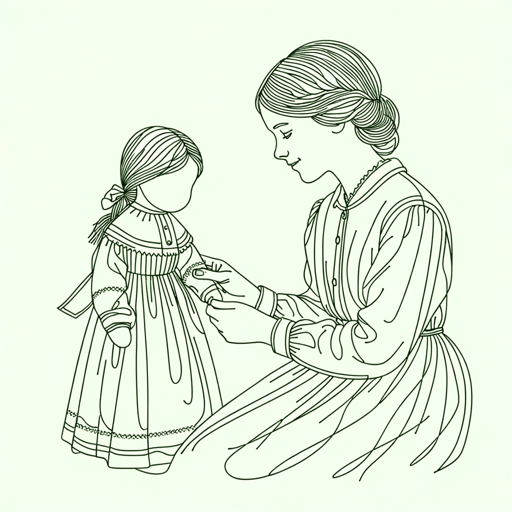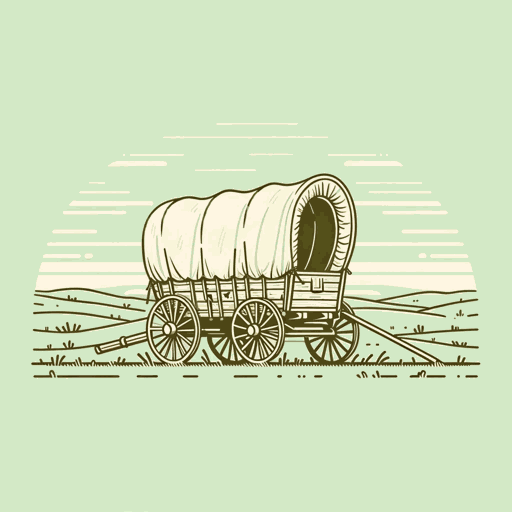57 pages • 1 hour read
Laura Ingalls WilderFarmer Boy
Fiction | Novel | Middle Grade | Published in 1933A modern alternative to SparkNotes and CliffsNotes, SuperSummary offers high-quality Study Guides with detailed chapter summaries and analysis of major themes, characters, and more.
Symbols & Motifs
The Half-Dollar
The story uses the half-dollar to symbolize the value of hard work, maturity, and learning life lessons. Almanzo learns that only through work can one be rewarded with money, which can buy both wants, such as lemonade, and needs, such as clothing or a farming tool. The half-dollar is the largest amount of money Almanzo has ever been given. Father makes sure Almanzo understands it’s worth much more than the nickel he asked for, thus instilling a priceless lesson about the value of hard work:
Father looked at him a long time. Then he took out his wallet and opened it, and slowly he took out a round, big silver half-dollar. He asked: ‘Almanzo, do you know what this is?’ ‘Half a dollar,’ Almanzo answered. ‘Yes. But do you know what half a dollar is?’ Almanzo didn’t know it was anything but half a dollar. ‘It’s work, son,’ Father said. [...] ‘That’s what’s in this half-dollar, Almanzo. The work that raised half a bushel of potatoes is in it.’ Almanzo looked at the round piece of money that Father held up. It looked small, compared with all that work (182).
Almanzo recognizes that hours of sweaty, physical work turn into money, learning money should be valued highly for all the time, effort, and strain that goes into earning it.
Related Titles
By Laura Ingalls Wilder

By the Shores of Silver Lake
Laura Ingalls Wilder

Little House in the Big Woods
Laura Ingalls Wilder

Little House on the Prairie
Laura Ingalls Wilder

Little Town on the Prairie
Laura Ingalls Wilder

On the Banks of Plum Creek
Laura Ingalls Wilder
Featured Collections
Animals in Literature
View Collection
Books on U.S. History
View Collection
Childhood & Youth
View Collection
Coming-of-Age Journeys
View Collection
Community
View Collection
Family
View Collection
Good & Evil
View Collection
Juvenile Literature
View Collection
Religion & Spirituality
View Collection
Science & Nature
View Collection

